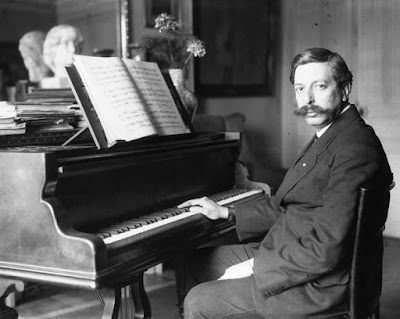Eco is a brilliant writer and an encyclopedic mastermind who somehow manages to touch upon almost everything in the course of spinning his tale. As far as that goes, lovers of The Name of the Rose will not be disappointed with this one either: there is much here to marvel at and to ponder over, and, even at an excess of 600 pages, it grabs the reader’s fascination early on and doesn’t loosen its grip throughout. (The fact that it is divided into 120 – not an arbitrary number, to be sure – bite-sized chapters is a big help in that regard.)
But the occultism (including grotesque allusions to child sacrifice, forays into animistic voodoo, and such) gets pretty thick at times, leaving a reader with any properly-oriented spiritual sensibilities feeling like they need a good shower. And at some point, the astute reader will become aware of the fact that, just as the protagonists in the story are playing an elaborate game, piecing together disparate facts, clues, and associations to construct an intricately woven and (almost) convincing metanarrative, the author is playing a similar game with his readers. Ambiguity, uncertainty, irresolution, and doubt are precisely the point, to a large extent, but the end-game appears to be to elicit a resigned acknowledgement that there ultimately can be no metanarratives – though we desperately want there to be – and all attempts at imposing meaning on the meaningless cosmos amount to the deluded ravings of self-emaciated and bug-eyed conspiracy theorists. In the face of ultimate and inevitable meaninglessness and encroaching despair, simply put it all out of mind and enjoy the beauty that presents itself to you at the given moment.
Well, nice try, Umberto, but as well written, ingeniously devised, and (at times) fun your own elaborate literary conspiracy theory is, I’m not buying it.
My singular attempt at insightful literary observation regarding this work: just as each Canto of Dante’s Divine Comedy ends with the same word, “stelle” (“stars”), several of the ten major sections of this book, including the very last, end with a line containing the word “beautiful” or “beauty,” or with some simple expression of incidental beauty experienced or observed. (Beauty and symbolism are paramount themes in Eco's works, both fiction and non-fiction.)
A couple of gems definitely worth holding onto:
“I believe that what we become depends on what our fathers teach us at odd moments, when they aren’t trying to teach us. We are formed by little scraps of wisdom.”
“And someone else—was it Chesterton?—said that when men stop believing in God, it isn’t that they then believe in nothing: they believe in everything.”












